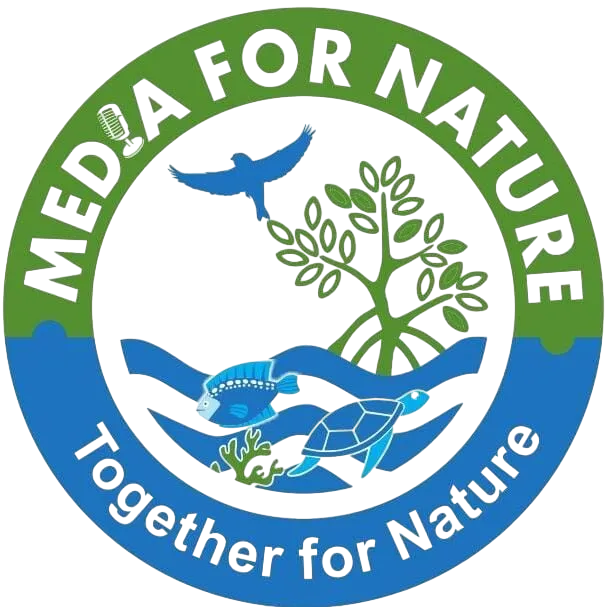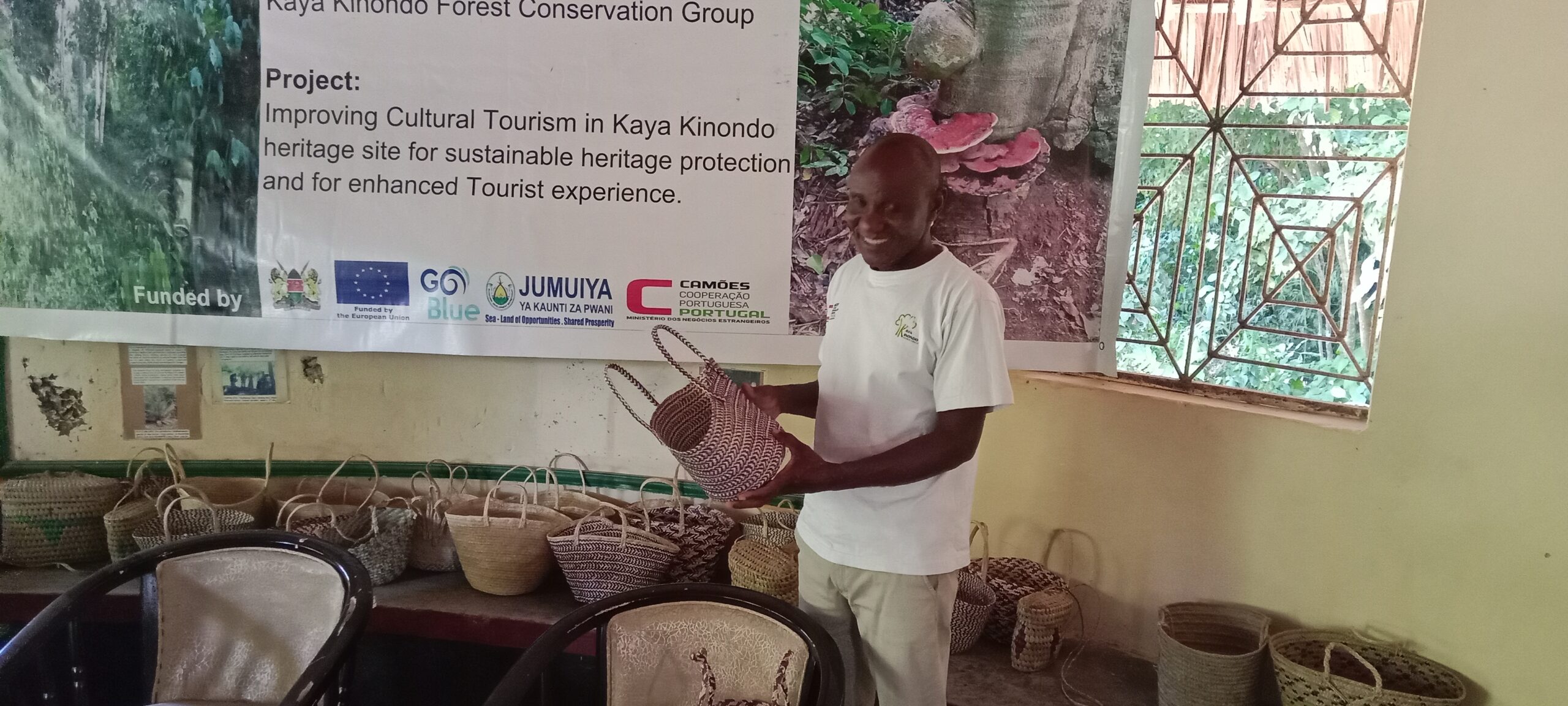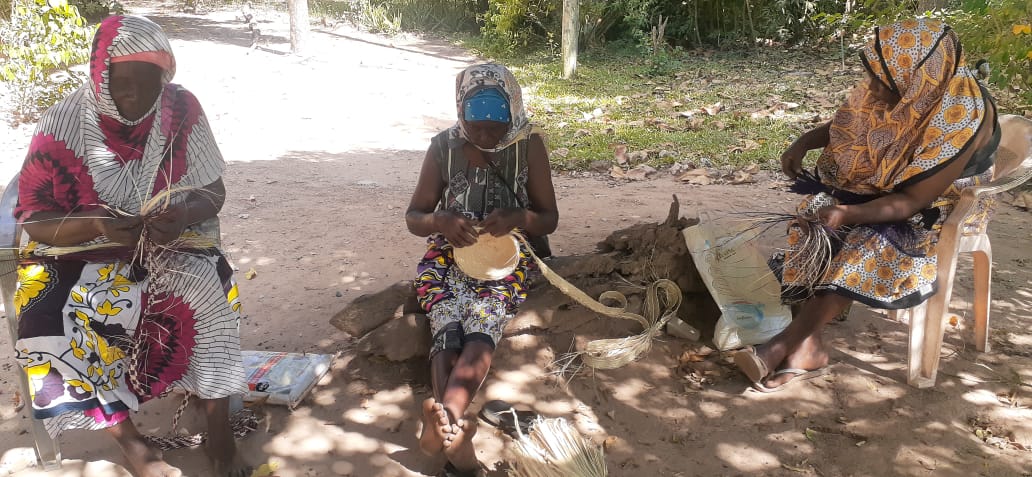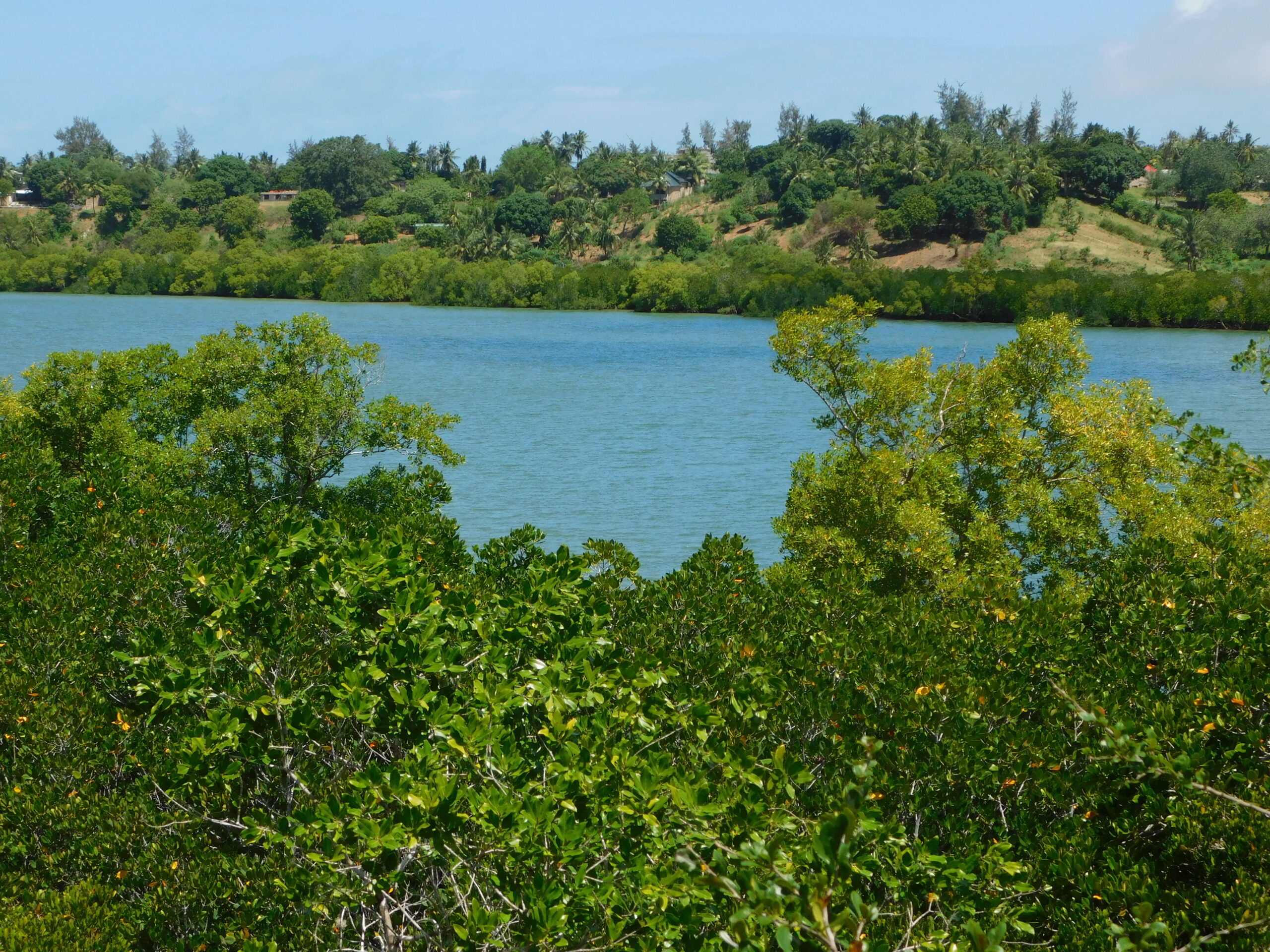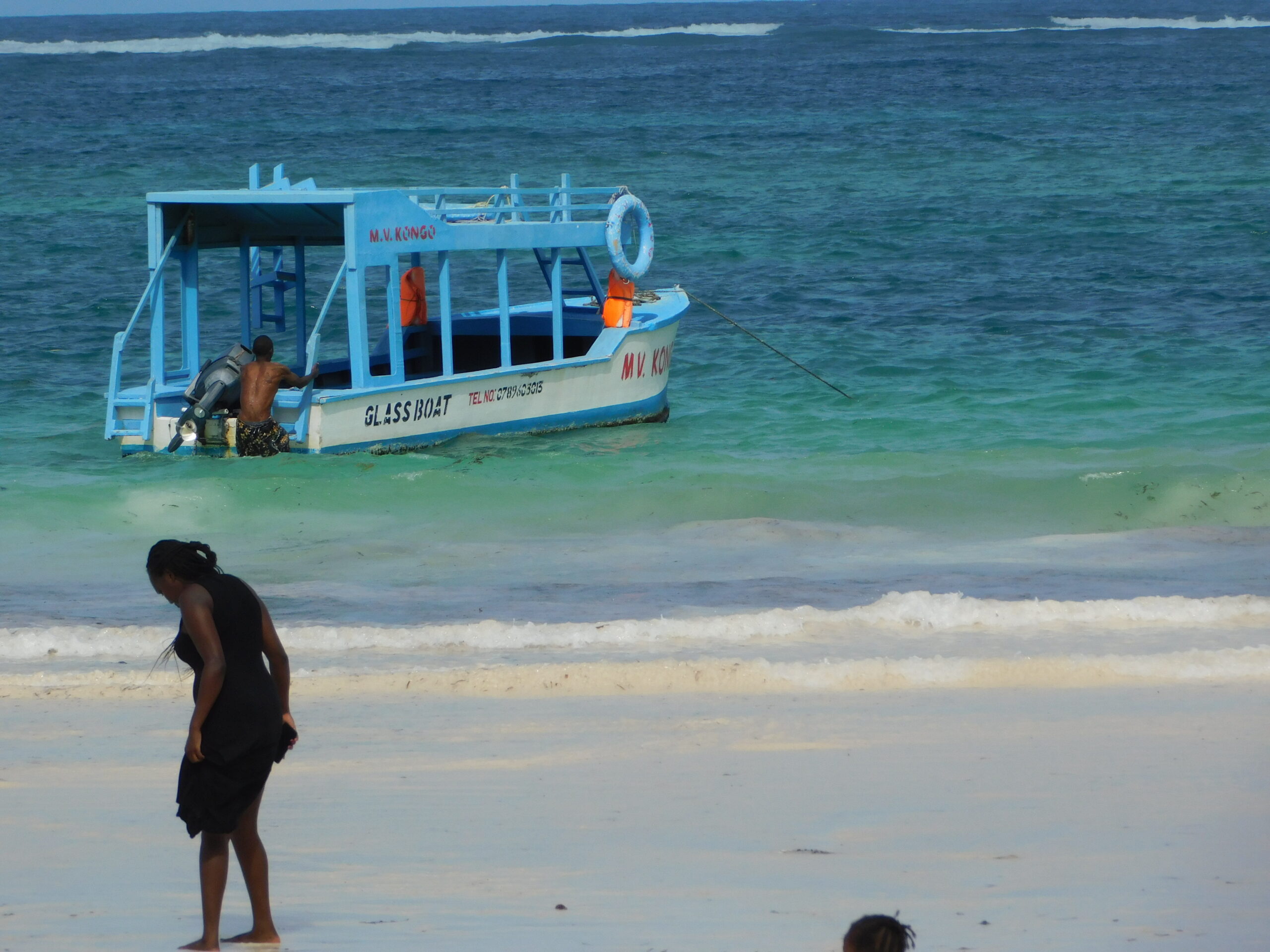Gerald Gambo, Kaya Kinondo Forest Conservation Group Project Coordinator displaying some of the artefacts made by women at the group’s showroom/Photo by Mazera Ndurya
Tourism has always been the economic mainstay of the coast region with stories of the once vibrant industry still being told albeit not with the enthusiasm of yesteryears.
Gone are the days when anyone working in the tourism industry from the hotel circuit to tour operations was deemed to be in an enviable career.
Tourism experts and stakeholders are giving diverse reasons for the state of affair, key among them being threats of terrorism which led to negative travel advisories. The Covid-19 too came with a devastating blow to the industry that is slowly picking up, thanks to some interventions that are starting to bear fruits.
However, there is a new hope with the combination of cultural heritage and nature -based approaches to tourism, where community groups and organizations are positioning themselves to reap from the emerging trends in the industry.
According to Nick Angore, Tourism, Culture and Heritage Sector Lead for Jumuiya ya Kaunti za Pwani – JKP, the economic block for the six coastal counties, the development of the Kenya Coast Tourism and Cultural Heritage Blueprint, was a great step towards revamping the industry.
“It was an exercise funded by the European Union (EU) under the Go Blue project to the tune of Ksh3.2 billion covering a number of sectors critical to the development of coastal region which included tourism,” he stated.
The Go Blue Tourism and Cultural Heritage Component Action was funded by Camões, I.P., Portuguese Development Corporation. A collaboration with the Jumuiya ya Kaunti za Pwani Economic Development Secretariat and partnership between the EU and the Kenyan government, the initiative was designed to mitigate the negative effects of COVID-19 on global tourism, with a focus on both recovery and growth of the sector.
“This effort was an attempt by the Portuguese government through the EU to help the six coastal counties to revamp the tourism sector post-covid-19. The interventions are now being implemented and we expect that the sector within the coast region will get a new lease of life,” he said.
Angore said there were certain areas that were felt could help in developing the region and the vision was that by 2030 the six coast counties (Mombasa, Kwale, Kilifi, Tana River, Lamu and Taita Taveta) should be middle income and one of the drivers should be tourism.
“The goal of poverty reduction by 50 percent can happen with a revamped tourism. That by 2030 about 70 percent of the residents would have access to basic social services such as education, health and better road infrastructure as well as creating 1 million jobs for the residents,” he said.
Achievements
Angore said there have been a number of achievements realized with the development and launch of the Jumuiya 2030 Blueprint.

“The first major achievement made since the launch of the blueprint late 2023 was the adoption of the interventions to be included in the long term plans of the respective counties.
“The interventions require resources and their adoption by counties means that they will be implemented. Without the support of the counties it will be difficult to implement,” said Angore.
The other achievement, he said, is that there is growing awareness of the importance of the county governments to collaborate with national government in the promotion and marketing of the coast region as a tourist destination.
He added: “And this is not just looking at the traditional attractions described as beach and sand and a little bit of wildlife but also the inclusion of culture and heritage.”
According to Angore, a survey carried out some years ago on international travel trends, about 51 percent indicated that their reason for travel would be for the purpose of immersing themselves in the cultures of the places that they will visit. So the inclusion of culture and heritage gives a rebirth to the coast destination.
Judy Gona, the team Lead at Sustainable Travel and Tourism Africa (STTA), a Pan-African organization at the forefront of shaping a sustainable future for Africa’s tourism said the organization provided technical support to Camões, one of the partners in the Go Blue project.
She said one of the key goals of the program was to support innovative projects and businesses that would create new employment opportunities, contribute to the diversification of tourism products, and influence the dynamics of the tourism value chain within the Jumuiya ya Kaunti za Pwani economic block.
“The counties who were part of the project implementation through the County Executive Committee (CEC) of tourism would ensure implementation post 2024 through full integration within the counties so that it doesn’t end with the project timeline,” said Judy.
The Gaps
Judy said the Go Blue project was a basis for addressing inadequate framework for promotion, development of culture and heritage tourism in the coast region and lack of innovative tourism products that would allow for diversification anchored on culture and heritage.
Another observation was a weak link between mainstream tourism and community based and other forms of tourism including cultural heritage.
“There has been poor participation of local communities in tourism and cultural heritage value chain so even where culture was being offered there was poor participation of the local community,” she said.
According to Judy, Camoes intervention was pegged on several high output areas, one of the being innovative small projects and businesses that would receive support so that they can create employment, contribute to diversification of tourism products and influence the dynamics in the tourism value chain within the JKP economic block.
“Build the capacity of young job seekers within the coastal counties to become employers and transformative, inspired social leaders that would drive change and also drive entrepreneurship as a way of developing self-employment,” she said.
Some of the grant recipients.
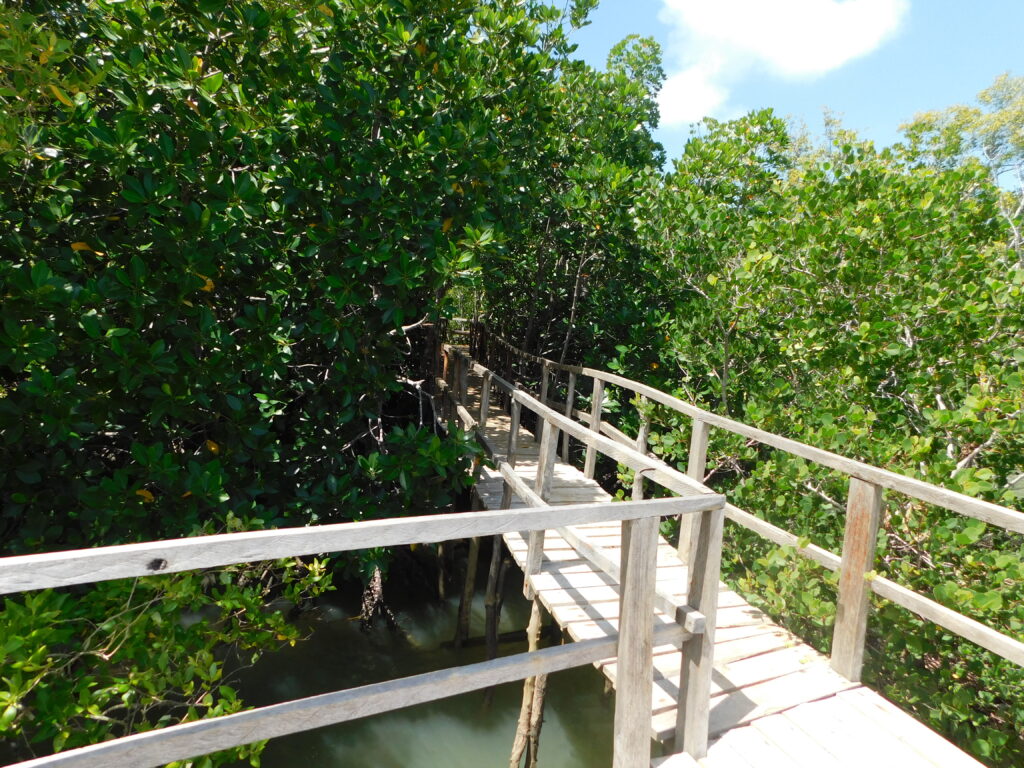
In Mombasa, Kilifi and Kwale counties, for instance, an innovative tourism product that combines conservation of the mangrove ecosystem and traditional socio-economic activities has been developed through the Go Blue project.
Kwetu Training Centre, working together with the local communities adjacent to the Mtwapa creek have been able to create a tourist circuit that brings together culture and conservation.
One of the groups that benefitted from the grant and took up the task of rehabilitating the mangroves while running a successful eco-tourism project was Community Environmental Sustainable Mariculture (COMENSUM).
Kwetu Project Coordinator Mercy Marende said since the various projects within the creek are interrelated, they have created a tourist circuit where visitors going to Kwetu are connected to the community.

“They are treated to canoe and boat rides across the creek before settling in the village for entertainment comprising traditional dances and get the opportunity to sample and buy handcrafts made by women groups.
“Their final destination is a sumptuous meal at the Eco-restaurant run by COMENSUM for either lunch or dinner. At the end of the day everyone gets something to take home while ensuring that the mangrove ecosystem is safeguarded,” said Mercy.
In Kwale County, the Kaya Kinondo Forest Conservation Group is one of the beneficiaries of funding amounting to 19,000 Euros provided by the GO BLUE project through Camões.
The group was formed to promote cultural tourism but its major objective is to enhance conservation of Kaya Kinondo by involving the community for sustainable tourism.
“Through this initiative, the project seeks to increase the number of tourists into the forest but ensuring that the ecological wellbeing of the forest and culture are undisturbed,” said Gerald Gambo, Kaya Kinondo Forest Conservation Group Project Coordinator.
The Mombasa Cultural Dancers’ Association, primarily women traditional dancers, opened the Mombasa Cultural Village in Mkomani, within the Agricultural Society of Kenya grounds. Serving as a living museum, it showcases the cultural practices of 11 Kenyan tribes, including the Luo, Maasai, Kikuyu, Mijikenda, and Swahili. The village is now attracting both national and international tourists.

In Kilifi County, a group of youths using modern technology is empowering young people to preserve cultural heritage and tackling stigma associated with culture.
This project deals with the Preservation and documentation of traditional African indigenous faith systems along the coast of Kenya using audio-visual components such as short films and documentaries, music recording and podcast. The project fused both the elderly and youth to create new works of art whereby the elderly shares the knowledge systems as the youth interpret them through the arts.
In Lamu County, Kenya, a group of determined youths transformed an old space into the Kijumwa Heritage Hub, a vibrant center for cultural preservation and youth empowerment. Located within the Lamu World Heritage Site, the hub allows young people to create and sell cultural artwork, providing them with sustainable livelihoods.
In Tana River County, TANAFRIK INITIATIVE organization is championing the promotion of cultural heritage in Tana River County, biodiversity conservation, minimal environmental degradation, and poverty alleviation.
The main activities carried out include identification and selection of cooperative societies in areas with a potential for cultural tourism, capacity building of the cooperative societies on cultural tourism, marketing, and promotion of cultural tourism activities of the cooperative societies.
Through the Go Blue project, the coast region has witnessed successful innovative projects ranging from eco-tourism, cultural heritage, art and crafts and digital hubs that have taken tourism marketing to a higher level.
Challenges
Judy said the projects were diverse, but the timelines that were allocated resources to build the capacity were inadequate.
“The project was ambitious on the capacity building of these small projects as those who qualified for the grants were small enterprises without structures and systems, some of them had not managed any projects before or received funding therefore the project faced the problem of reporting on what had been granted. The good news is that at the end of it most of them will be able to deliver.
“Market access challenges for the small businesses and reviewing value chain barriers sometimes takes much longer coming when the project is coming to an end and there could be a gap if there is no extension because the market linkages remain a challenge, but we hope through linkages with JKP some of the challenges will be addressed,” said Judy.
Expert Calls for Innovation in Cultural Heritage Tourism
A tourism expert Dr Sam Ikwae is in agreement on the need to look at the cultural heritage tourism differently through innovations that would fully harness this segment of the industry.
Dr Ikwae who is the coast region coordinator of the Kenya Association of Hotel Keepers and Caterers (KAHC) said the coast region is a melting pot of culture and heritage with diverse communities that have unique cultures.
“The coast region is fully cosmopolitan teaming with people from different cultural backgrounds. Even with that the indigenous communities from the region including the Mijikenda through their sacred forests called kaya, cuisines and dressing have a lot to offer.
“The Mombasa Old Town is very rich in cultural heritage that has not been fully tapped. The county governments through their tourism and cultural heritage departments should now be the nexus between the communities and the local and international markets,” he said.
Although funding is key in realizing this huge potential, Dr Ikwae says there is need to give the industry policy directions, come up with innovative ways of marketing the product to ensure sustainability.

On the economy, Dr Ikwae said the intervention should go beyond eco-tourism but through policy and legislative framework that should see implementation of polluter pay principles to safeguard the marine ecosystem.
Angore said the future of the region is very promising as a result of collaboration between different stakeholders.
“The collaboration efforts among the six counties and other stakeholders is such that now there is talk of creating a destination management organization (DMO) which will be owned by the private sector, county governments as well as the national government.
“The goal is to make sure that the construction of the enabling infrastructure for tourism to thrive is being monitored and ensuring that the marketing of the region is being done seamlessly in the counties.” he concluded.
